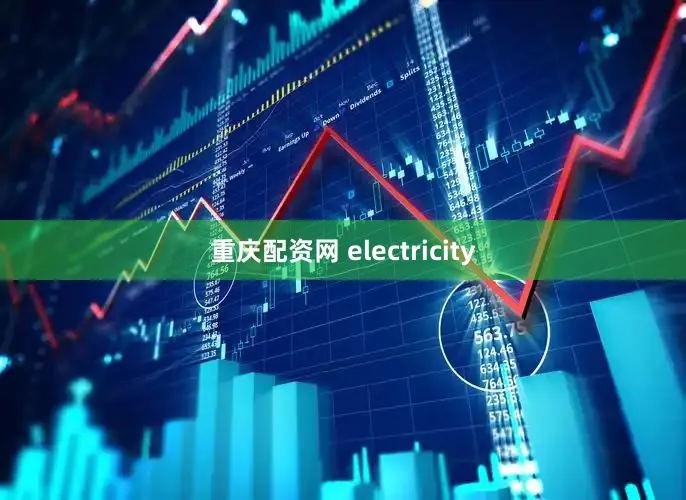
Incinerators treat waste by burning it at extremely high temperatures (600-1200°C), destroying organic pollutants and significantly reducing the volume and weight of the waste. The incineration process generates heat, which can be captured and converted into energy (steam, electricity, or heat). Ash and flue gas are produced. Advanced pollution control systems, such as scrubbers and filters, treat the flue gas, removing pollutants such as acid gases, heavy metals, and particulate matter, preventing their release into the atmosphere.
Incineration Process Steps
Waste Preparation
展开剩余76%Waste is first received and stored.
Waste may undergo pre-treatment, such as shredding, to reduce moisture content and improve combustion efficiency.
Combustion
Waste is fed into a combustion chamber and burned at high temperatures.
Air or oxygen is introduced during the combustion process.
The heat generated by the burning of the waste is used to generate steam.
Energy Recovery
The hot steam generated by the boiler is used to drive a turbine to generate electricity or heat.
This process converts waste into renewable energy.
Ash Treatment
Inorganic components in the waste remain as ash. Bottom ash is processed to recover valuable metals.
The remaining bottom ash can be pelletized for use as construction aggregate.
Fly ash (particulate matter captured in the filters) is immobilized, allowing it to be used in environmentally friendly products such as asphalt concrete.
Flue Gas Treatment
The hot flue gas passes through a series of pollution control devices.
These devices include cyclones, electrostatic precipitators, filters, and scrubbers to remove particulate matter, acid gases, and other pollutants.
Activated carbon is used to remove heavy metals, dioxins, and furans.
Emissions
After treatment, the cleaned flue gas is released into the atmosphere through a chimney.
发布于:浙江省景盛配资-申请股票杠杆-在线配资知识-散户配资网提示:文章来自网络,不代表本站观点。